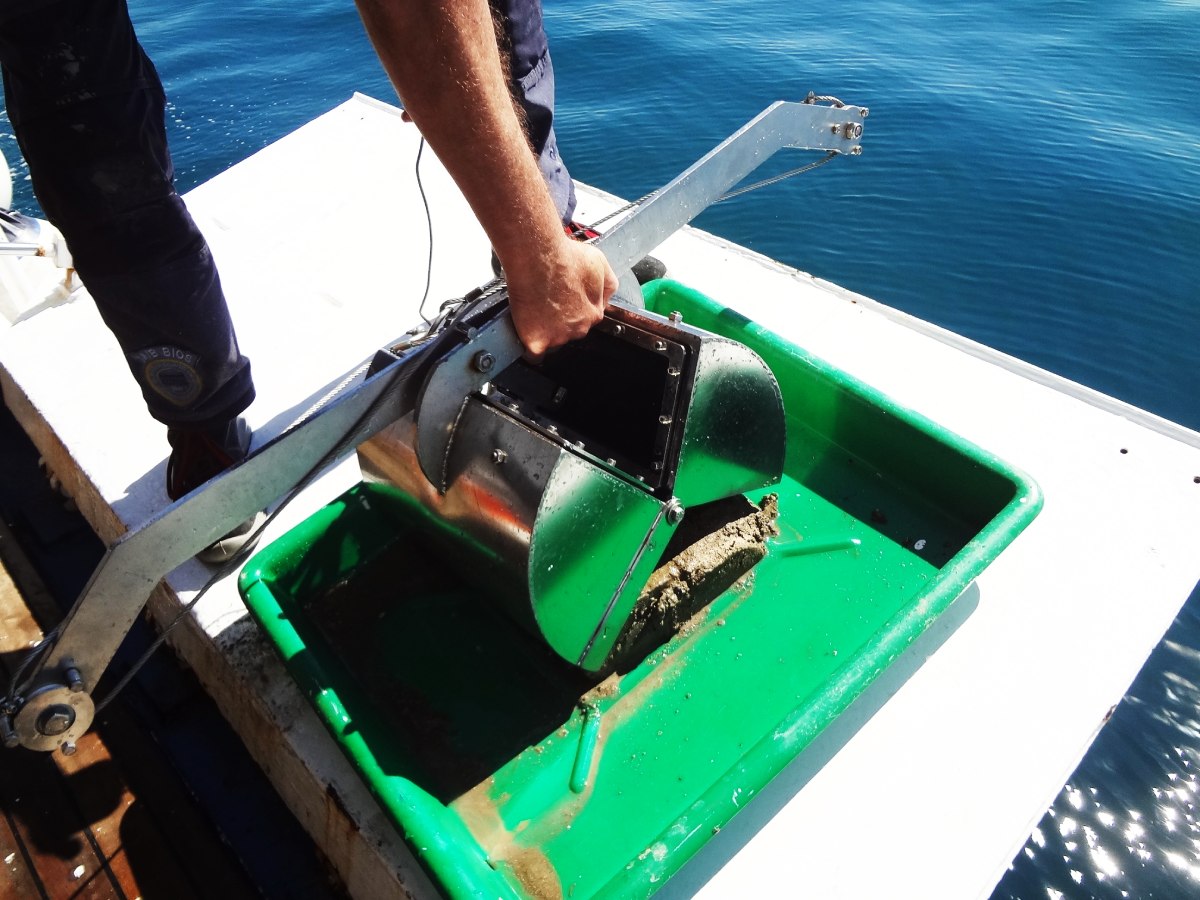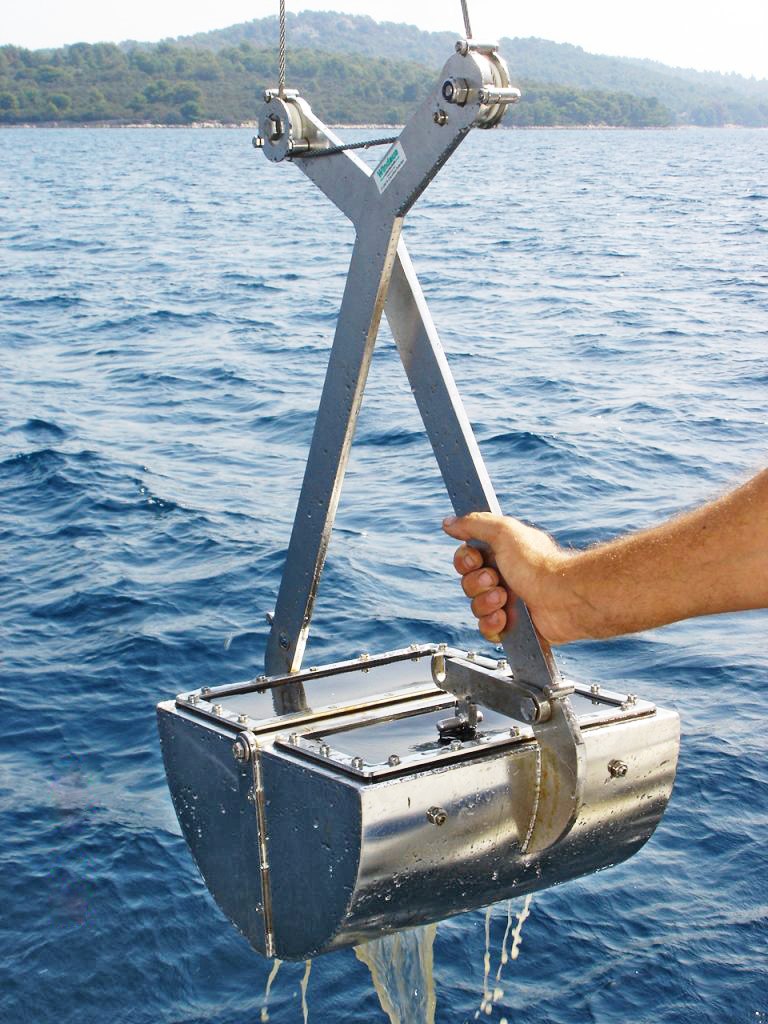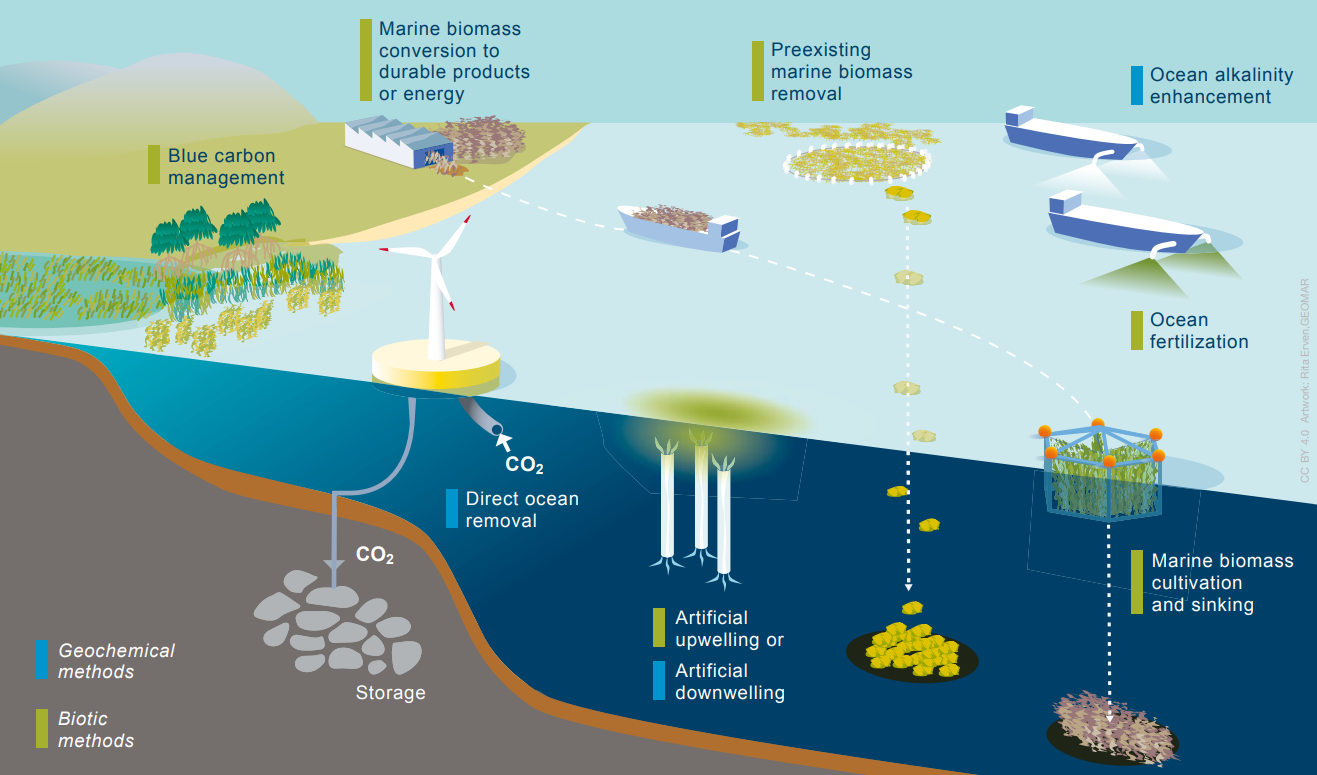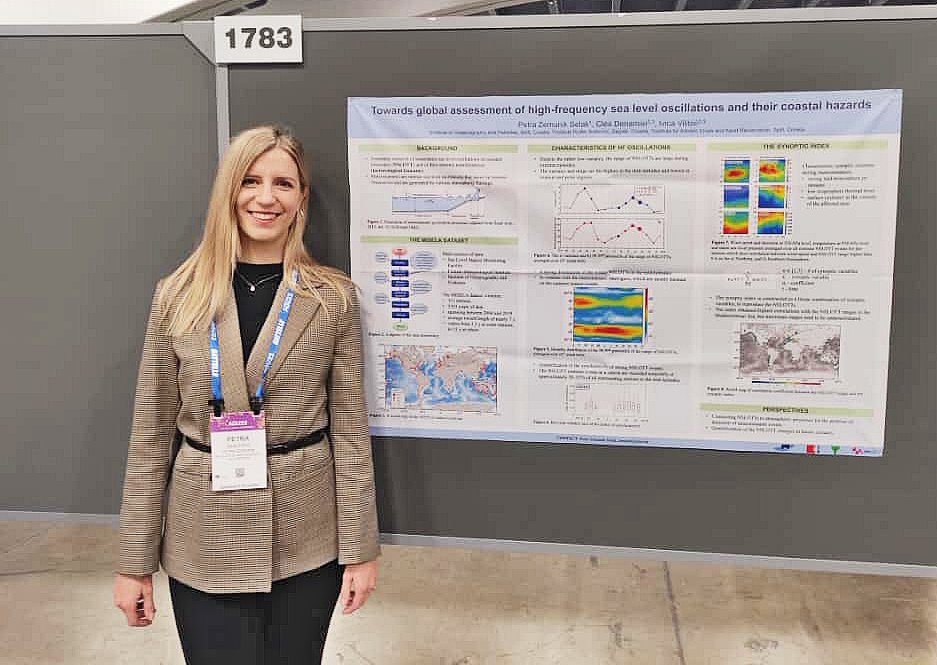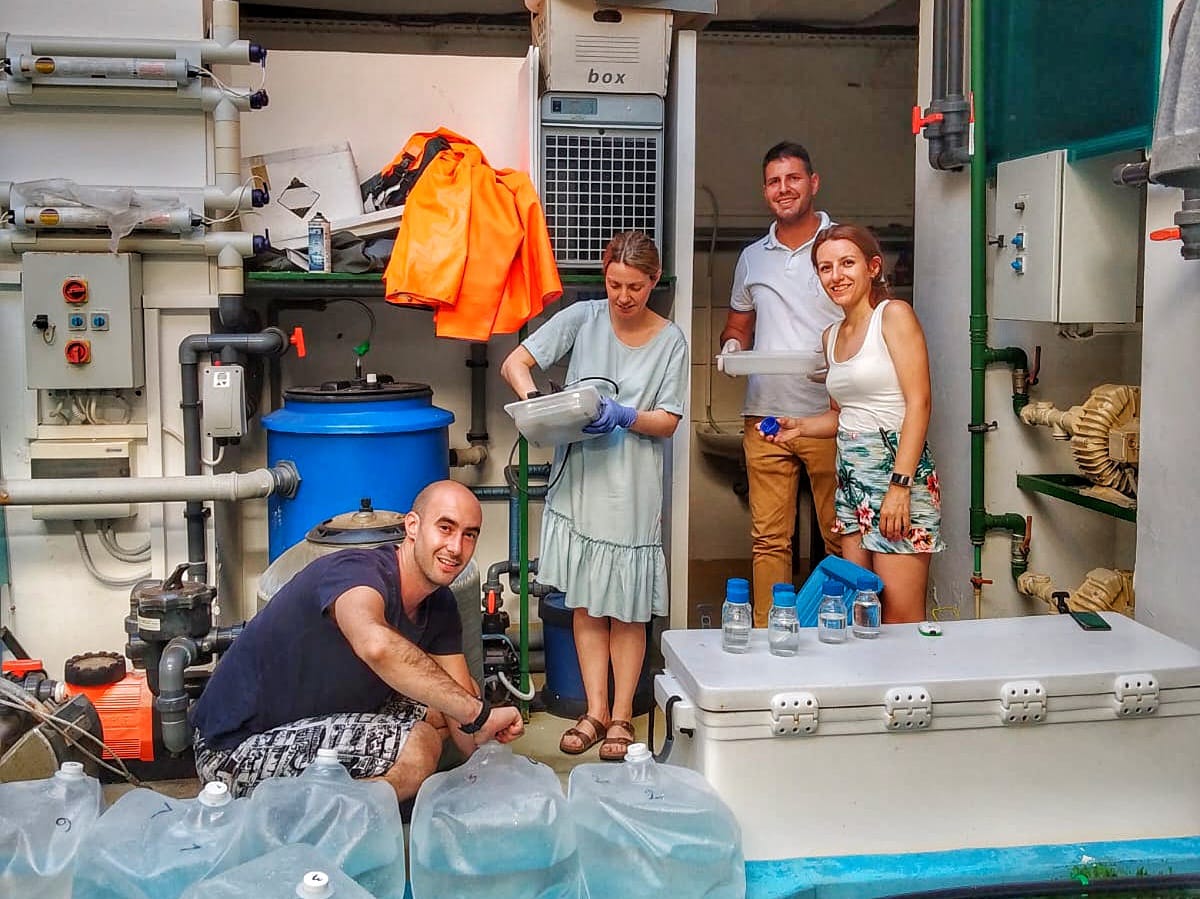Polycyclic aromatic hydrocarbons (PAHs) are a group of organic pollutants with an extremely stable aromatic structure and low solubility in seawater. They accumulate in marine sediment, where they persist for long periods of time. Due to their demonstrated mutagenic and carcinogenic properties, their distribution in the environment, and their resistance to degradation, 16 compounds have been added to the list of priority pollutants by the U.S. Environmental Protection Agency (USEPA) and are also listed in the Marine Strategy Framework Directive (2008/56/ EC), the Water Framework Directive (2000/60/ EC), and the UNEP/MEDPOL program.
As part of the HRZZ MARIPLAN project, our Laboratory for Chemical Oceanography and Sedimentology conducted research on the mass fractions of PAHs in sediments and the acute toxicity of sediments at 24 sites in the Adriatic Sea. The results were published in a scientific article in the journal Acta Adriatica. – > https://acta.izor.hr/ojs/index.php/acta/article/view/1206
In the absence of national criteria for sediment quality assessment, the measured mass fractions of PAHs in sediment were compared to sediment quality assessment guidelines developed by the US Oceanic and Atmospheric Agency NOAA, the Canadian Council of Ministers of the Environment CCME, and the OSPAR Commission for the Northeast Atlantic. The actual acute toxicity of the sediment was determined using a biological test that monitors the decrease in intensity of bioluminescence of bacteria after exposure to sediment extracts.
The results of the application of different guidelines were compared with the results of the actual measured acute toxicity of sediment extracts to determine the possibility of applying the guidelines in the Adriatic Sea. According to the applied guidelines, a high environmental risk is identified for all sites in the Šibenik Bay, for one station in the Kaštela Bay, located near the industrial port of Split, and for two stations on the coast, namely in the coastal area of Zadar and Dugi rata (Omiš). The results of the acute sediment toxicity analyzes differ from the results obtained by applying guidelines for assessing the potential toxicity of sediments, especially in the case of applying NOAA guidelines, which significantly underestimate the risk to the health of marine organisms. When analyzing the correlation between the mass fractions of specific PAH groups in the sediment and the acute toxicity of the sediment, a strong association of toxicity was found with the group of PAHs that contain a sulfur atom in their structure (S- PAH), suggesting the need to include as many PAH compounds as possible, especially S-PAHs, in future assessments of sediment condition in the Adriatic Sea.
